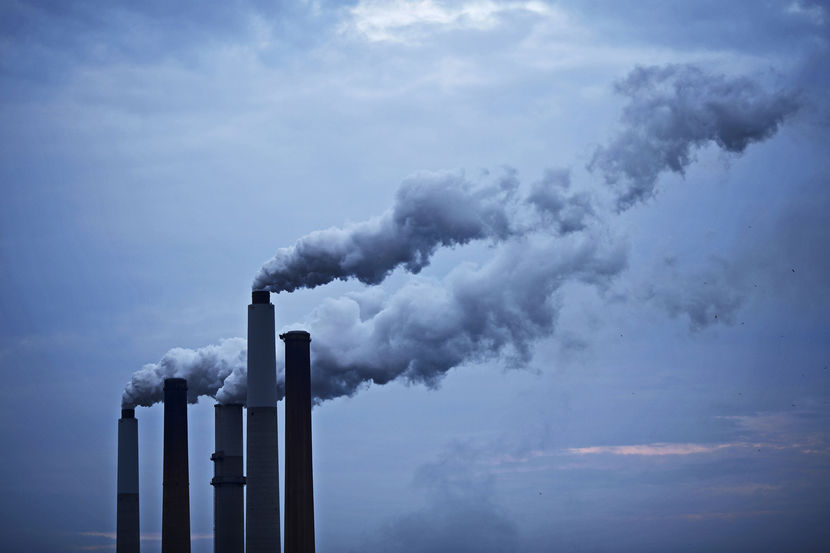It’s been four years since Barack Obama first unveiled the details of his administration’s Clean Power Plan, which was a fairly ambitious policy intended to reduce carbon pollution from existing power plants, and which set a goal of cutting emissions 30% by 2030. As part of the plan, states would have had some flexibility in how they reached the target.
At the risk of oversimplifying matters, the Democratic White House effectively told states that they could work toward the pollution-reduction goal however they pleased, so long as they worked toward the agreed upon target.
As a candidate, Donald Trump — who’s argued that the evidence pointing to a climate crisis is part of a Chinese conspiracy — promised to undo Obama’s plan. We’re now starting to learn about the Republican’s alternative. NBC News reported on what the White House is calling the Affordable Clean Energy rule:
The plan would let states relax pollution rules for power plants that need upgrades, according to a summary of the plan and several people familiar with the full proposal who spoke to The Associated Press on condition of anonymity because they weren’t authorized to discuss the plan publicly.
Combined with a planned rollback of car-mileage standards, the plan represents a significant retreat from Obama-era efforts to fight climate change and would reverse an Obama-era push to shift away from coal and toward less-polluting energy sources such as natural gas, wind and solar power. Trump has already vowed to pull the U.S. out of the Paris climate agreement as he pushes to revive the coal industry.
The policy isn’t subtle: Trump and his team are relaxing pollution rules, which in turn will keep coal-power plants in business longer, and in the process, make the climate crisis worse.
This is in keeping with the administration’s overall posture toward environmental safeguards, as evidenced by the fact that Trump’s EPA is currently being led by Andrew Wheeler, a former coal-industry lobbyist.
But what’s especially striking about this approach is the number of people who are likely to die from it.
The New York Times reports that the “fine print” in the administration’s new plan “includes an acknowledgment that the plan would increase carbon emissions and lead to up to 1,400 premature deaths annually.” The article added:












